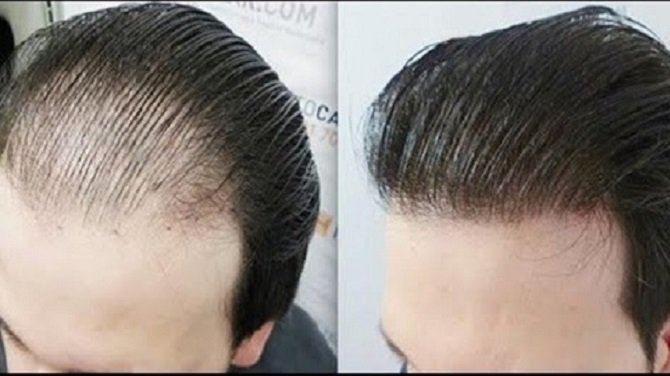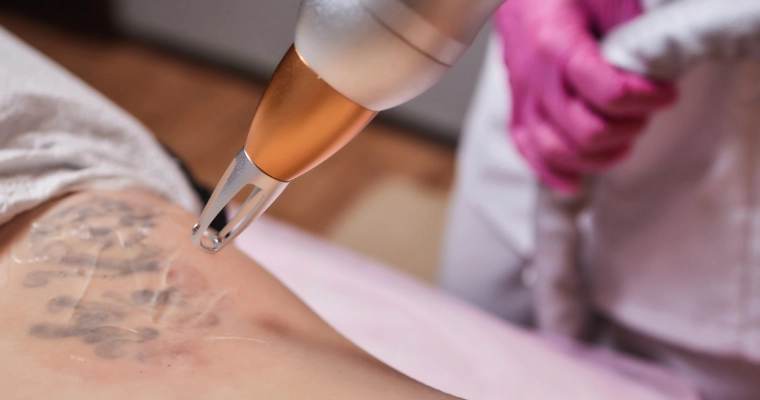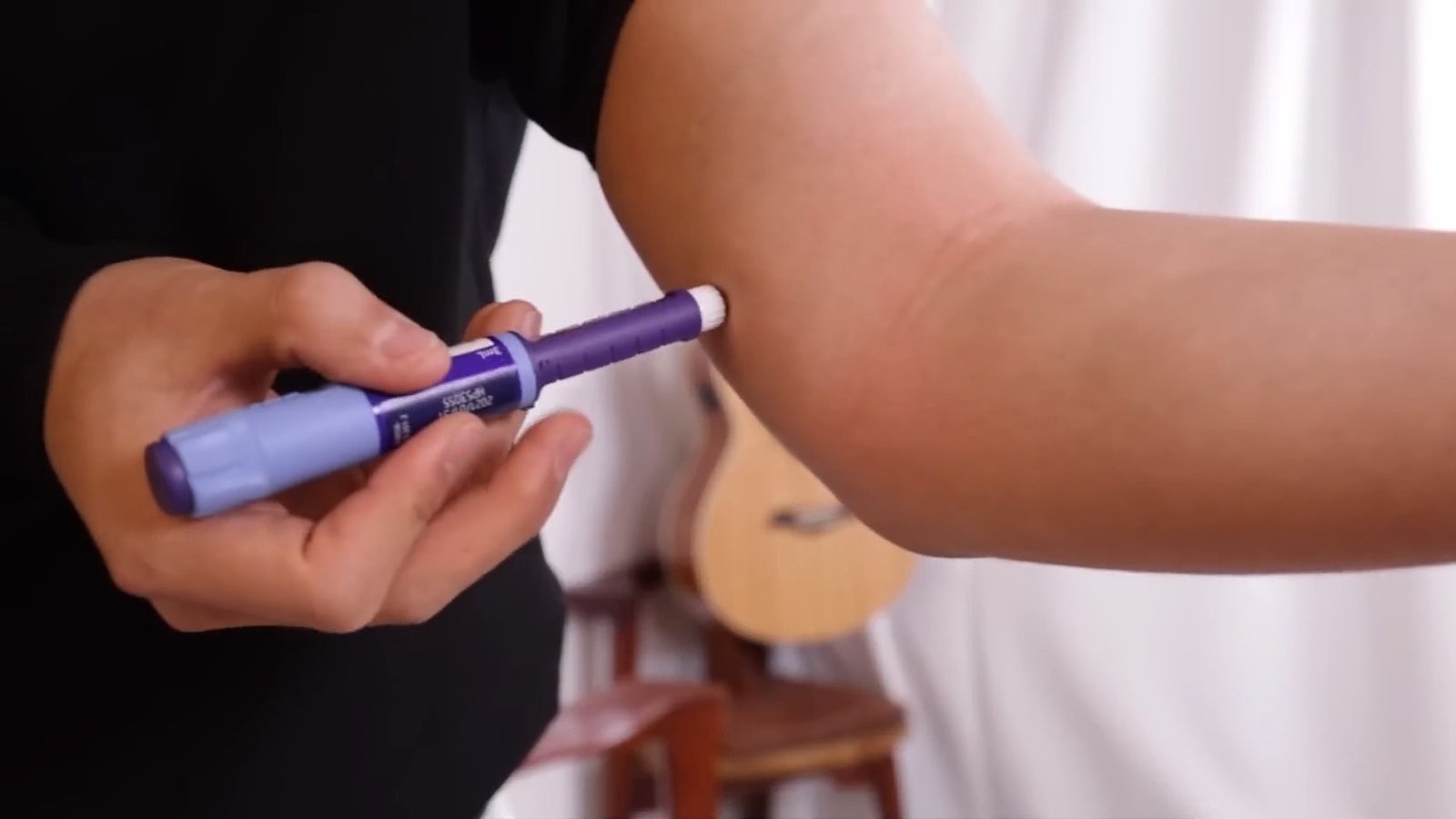Skin tags, or acrochordons, are benign growths that commonly form in areas with frequent friction, like the inner thigh. Though harmless, their removal is often desired for comfort and aesthetic reasons.
Home Remedies for Skin Tag Removal:
Apple cider vinegar, applied daily with a cotton ball, can help remove skin tags on inner thigh (كيفية إزالة علامات الجلد على الفخذ الداخلي) over time. Tea tree oil, known for its antiviral properties, can be diluted and applied daily until the tag dries out. Banana peels and vitamin E oil are also used to reduce skin tags naturally.
Over-the-Counter Treatments:
OTC creams and freezing kits are effective options. These treatments work by breaking down skin tag tissue or freezing it off. Medicated patches provide continuous treatment, but careful adherence to instructions is necessary.
Natural Oils and Herbal Solutions:
Castor oil mixed with baking soda creates a paste that shrinks skin tags with regular application. Aloe vera gel soothes and reduces tag size, while diluted oregano oil’s antibacterial properties aid in removal.
Causes of Skin Tags on the Inner Thigh:
Friction from walking, tight clothing, or repetitive movement can contribute to the development of skin tags. Other factors include genetics, hormonal changes, and obesity, which increases skin folds and friction.
Identifying Skin Tags:
Skin tags are soft, flesh-colored growths that hang off the skin. They are typically small, ranging from a few millimeters to a couple of centimeters, and are often painless unless irritated.
Natural Remedies for Removing Skin Tags:
Natural methods include using tea tree oil, apple cider vinegar, or banana peels. These remedies involve applying the substance to the skin tag daily until it dries out and falls off.
Over-the-Counter Solutions:
Various creams, patches, and freezing kits are available that can help remove skin tags at home. These products typically work by cutting off the blood supply to the tag, causing it to shrink and eventually fall off.
Tying Off Skin Tags:
A common home method is tying off the skin tag with dental floss or a thin string. This method, known as ligation, cuts off the blood supply, leading to the tag’s removal within days.
Cryotherapy for Skin Tag Removal:
Cryotherapy involves freezing the skin tag using liquid nitrogen or similar substances. This method causes the tag to die and fall off within a few days.
Cauterization Technique:
Cauterization uses heat to burn off the skin tag. While this is often done by professionals, at-home kits are available for those who prefer self-removal.
Cutting Off Skin Tags:
Some individuals opt to cut off skin tags using sterilized scissors or a blade. This method should be done with caution to avoid infection and excessive bleeding.
Aftercare Post-Removal:
After removing a skin tag, it’s essential to keep the area clean and apply an antibacterial ointment to prevent infection. Avoiding friction in the area helps promote healing.
Preventing Skin Tags:
Wearing loose-fitting clothing, maintaining a healthy weight, and keeping the inner thigh area dry can help prevent new skin tags from forming.
Importance of Proper Hygiene:
Cleanliness is vital to avoid infection. Regular cleaning, drying, and wearing loose clothing prevent irritation. Talcum powder can reduce friction and enhance comfort.
What to Avoid When Removing Skin Tags:
Avoid cutting or using harsh chemicals at home. Tools like scissors or nail clippers can cause infections or scarring, making professional consultation safer.
Here are key things to avoid when removing skin tags:
Do Not Cut Them Off Yourself: Using scissors or clippers at home increases the risk of infection, scarring, and excessive bleeding.
Avoid Over-the-Counter Solutions Without Consultation: Some products may cause irritation or adverse reactions, especially if you have sensitive skin.
Don’t Use Unverified Home Remedies: Methods like tying off with dental floss, burning, or applying harsh chemicals can cause pain, infection, or scarring.
Avoid Touching or Picking: This can lead to irritation or infection, especially if hands are not clean.
Do Not Ignore Skin Type and Conditions: Skin tags in sensitive areas (like near the eyes or genitals) should always be handled by professionals.
Avoid Exposure to Harsh Chemicals: Using alcohol or hydrogen peroxide excessively can irritate the skin.
Don’t Skip Professional Advice: Always consult a dermatologist to avoid complications and ensure proper removal.
When to Seek Professional Advice:
Professional help is essential for large, painful, or changing skin tags. Expert intervention ensures safe removal, accurate diagnosis, and proper aftercare, preventing complications and ensuring smooth recovery.
Additional Tips for Skin Tag Prevention:
To prevent remove skin tags on inner thigh (كيفية إزالة علامات الجلد على الفخذ الداخلي), maintain a healthy weight, reduce friction through appropriate clothing, and moisturize the inner thigh area. Regular skin checks help identify and manage skin tags early, ensuring they don’t become problematic.
Conclusion:
Removing skin tags on the inner thigh can be done safely and effectively using home remedies, over-the-counter treatments, and natural solutions. Maintaining proper hygiene and taking preventive measures can help manage and avoid skin tags. If unsure or faced with complications, seeking professional advice is always the best course of action. By understanding what works and following the right steps, achieving smooth, tag-free skin is possible.
















Leave a Reply